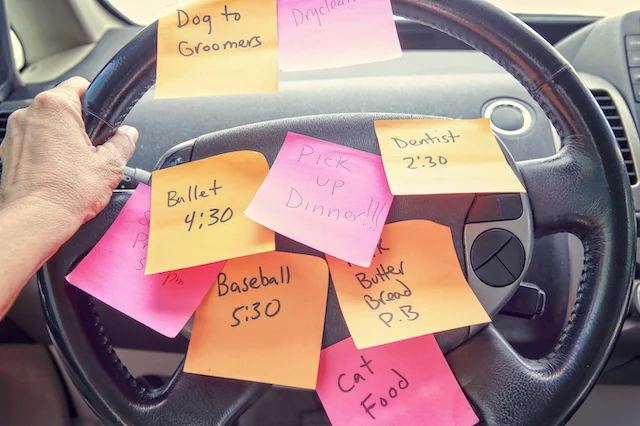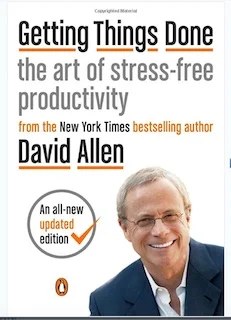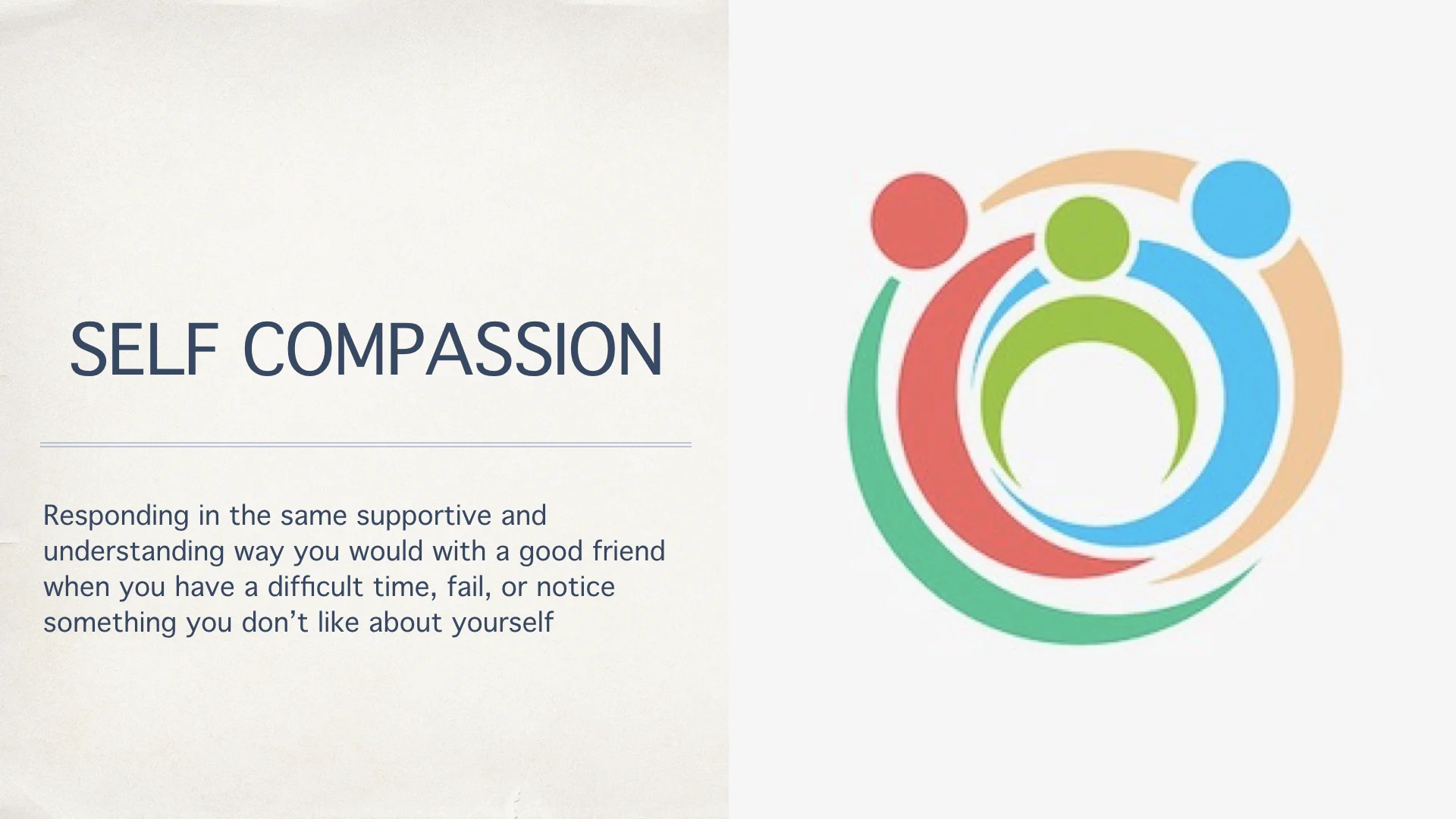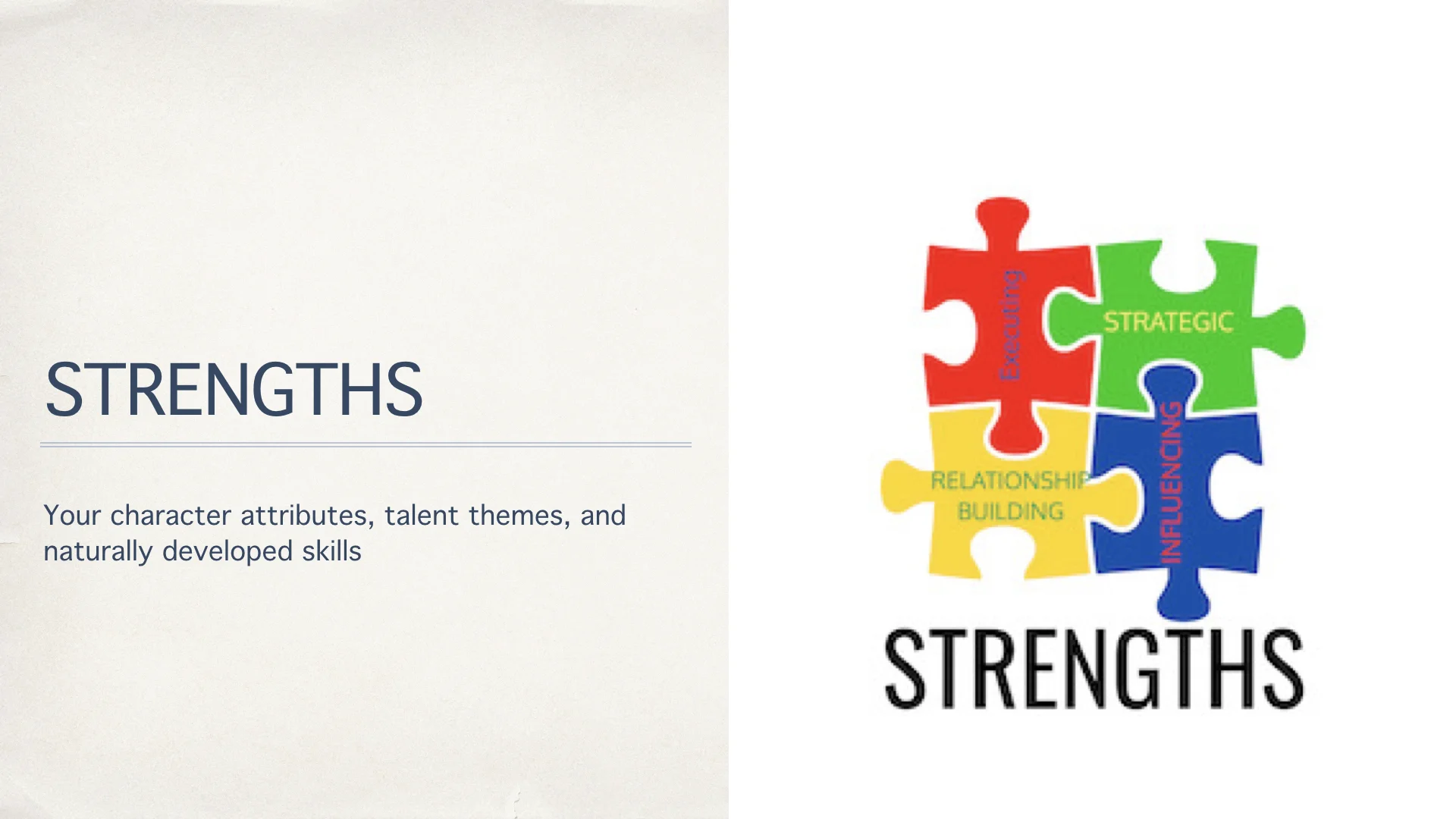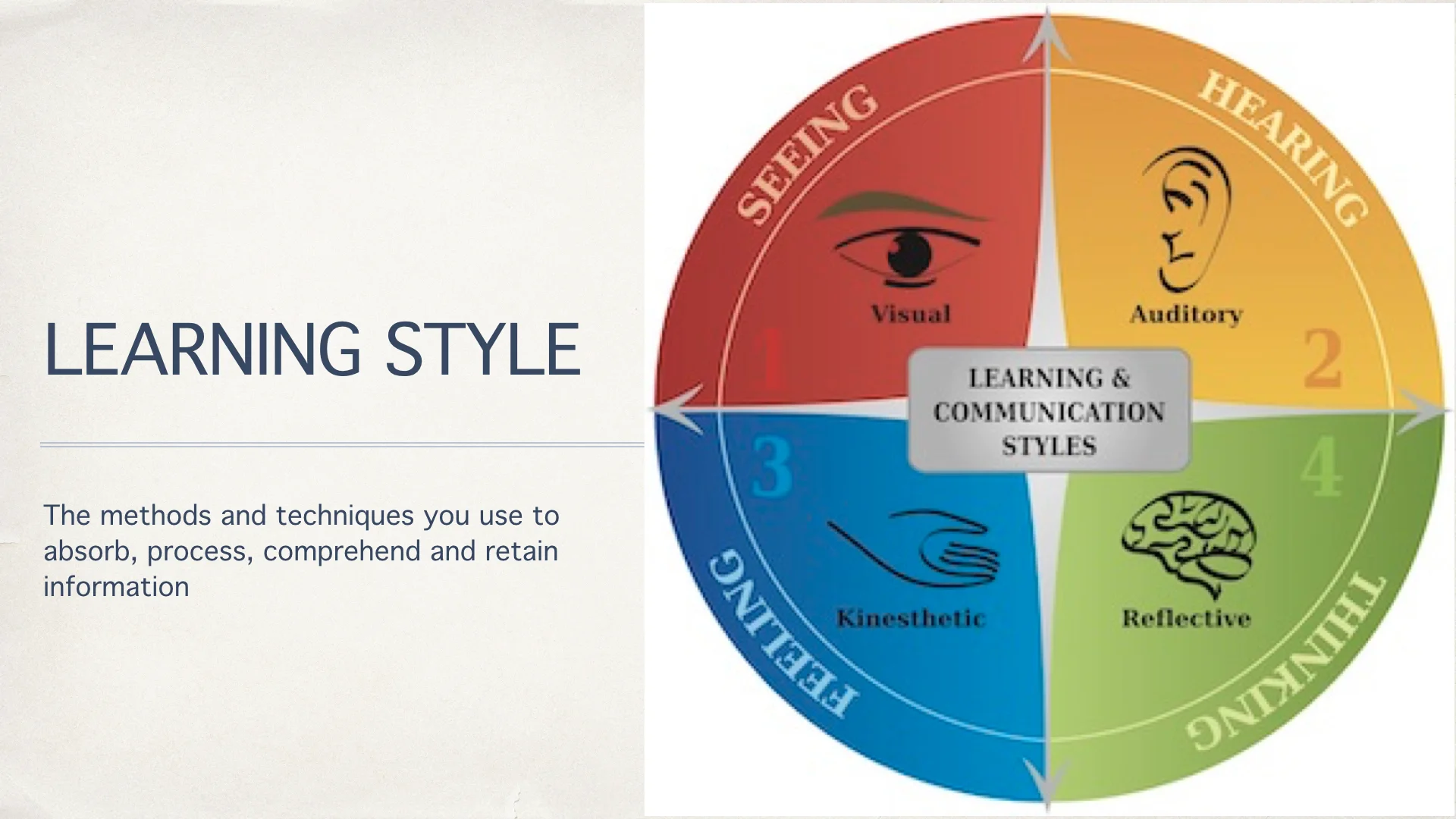Monday, September 9, 2019
welcome to the leADDership brief
A weekly newsletter for creative and innovative people, like you, with ADHD who want timely, helpful, and interesting resources
for leading and living well with ADHD.
Get Stuff Done
The ADHD Way
I read David Allen’s book “Getting Things Done” when it was first published in the early 2000’s and loved the basic principles but found it fell a little short for my ADHD brain. I’ve adapted, simplified, and tailored it to ADHD brain wiring and our amazing problem solving skills. I’ve found it to be a very useful tool when I need to get things done.
Allen’s premise is simple: our productivity is directly proportional to our ability to relax. Only when our minds are relaxed and clear, and our thoughts are organized, can we achieve effective results and unleash our creative potential. I couldn’t agree more. And yet, a relaxed, calm ADHD brain may be a feat as big as moving a mountain—and absolutely critical to successfully getting stuff done especially for ADHD brains.
Allen’s GTD method includes five basic steps that create the environment for a relaxed, organized, and clear brain:
1. Capturing
2. Clarifying
3. Organizing
4. Reflecting
5. Engaging
Getting Stuff Done Inertia
Allen’s “Getting Things Done” system makes perfect sense and for the typical brain with “normal” executive function, these steps work wonderfully.
For you and I, with our neuro-A-typical executive brain function, it’s a lot of steps with a lot of sub-steps underneath.
Systems designed for people without ADHD miss a key element: people with ADHD don’t get stuff done because we lack skills or desire. We don’t get stuff done because of one important main factor:
ADHD brains have lower dopamine levels, the neurotransmitter that regulate movement, attention, learning, and emotional responses. Interest stimulates the brain to produce dopamine and dopamine stimulates motivation and action. Lack of interest in a task means our brain is not stimulated which means we aren’t motivated to action. The result? We often have “getting stuff done inertia.”
You see the problem? We need to be interested in order to be stimulated in order to produce dopamine in order to stimulate attention and motivation. Most routine tasks are not interesting and stimulating and therefore easy to avoid and overlook.
SO, WHAT’S THE ANSWER?
Me and my clients have spent far too much time thinking we are lazy, stupid, incompetent, forgetful…You name it, we’ve either heard it leveled against us or our inner critic has done it for us. I cannot stress enough that none of these things are true about you or me.
You have all the goods and some ADHD superpowers enabling you to get stuff done and accomplish all that you want to.
Following are a few ideas for helping you to get started.
START WITH SELF-CARE
We tend to be very hard on ourselves and beat ourselves up when we are not getting stuff done. We let ourselves and others down and begin to lose faith in our own strengths, talents, and abilities. Remember, ADHD brains have lower dopamine levels, the neurotransmitter that regulates movement, attention, learning, and emotional responses. Interest and stimulation releases dopamine and fires up the brain to get stuff done. Starting with self-care creates the space we need to set ourselves up for success. Below are some ideas for self-care.
By now you know that the first thing I’m going to advocate for is self-compassion!
Square Breathing
Exhale to a count of four, hold your lungs empty for a count a four, inhale for a count of four, hold the air in your lungs for a count of four. Exhale and begin the pattern again
Mindfulness
Focus your awareness on the present moment, calmly acknowledge and accept your feelings, thoughts, and bodily sensations as you do this exercise. How could you make this task more interesting and stimulate your brain? What strengths and preferences can you leverage to support your success?
Support
Who are the people who will provide you with emotional and practical support? Who will encourage you to succeed on your terms and according to your strengths and preferences? Invite them into the process.
LEVERAGE YOUR “WHO, WHAT, HOW”
You have preferences, talents, and strengths unique and valuable to you that can and will help you not only meet your own and other’s expectations, but often exceed them. While I don’t believe assessments and their results are the last and defining word on who you are, what you do best, and how you do it the world, they are a powerful tool that gives you the language, tools, and resources to be your very best and to accomplish more than you think you can.
Links to all the assessements can be found under “What Else Do You Need To Know?”.
WHO YOU ARE
WHAT YOU DO BEST
HOW YOU DO IT
GET STARTED GETTING STUFF DONE
Once you’ve taken care of yourself and considered how you can leverage your “who, what, how” it’s time to simulate your brain towards interest.
Here are five ideas for stimulating your brain:
Your brain needs tyrosine to make dopamine which is found in almonds, bananas, avocados, and eggs. Eat a handful of almonds, a banana, or a hard-boiled egg for better dopamine production.
Exercise can increase your levels of dopamine. Stand up and do some jumping-jax, stretch, run in place, or go for a quick brisk walk. Even five minutes of brisk activity stimulates your brain.
Listen to music that improves your mood, releases pleasurable feelings, and soothes you. Research shows that music can release dopamine and helps with focus and motivation.
Make a game of the task—set a timer and beat the clock to get a task done for example
Remember to breath. When we feel stuck and overwhelmed we tend to hold our breath. Doing some deep, focused breathing can release dopamine levels stimulating energy and motivation for the task
THREE STEPS TO GETTING STUFF DONE
CAPTURE What needs to be done. Nebulous tasks are kryptonite to the ADHD brain, they feel too big, boring, and tedious. Write it down—or speak it into your voice memo app if you’re an auditory learner—in the simplest terms possible.
CLARIFY Clearly define what you want to accomplish and the first most simple first step necessary to get started. Not knowing where to start can cause anxiety and shut us down so we don’t get even the simplest task done. Phone calls can be particularly problematic because we don’t know the outcome, how long it will take, what’s going to be required of me, etc.
CAPITAL What resources do you need? I always include time because as people with ADHD we tend to over or underestimate the time it takes to do a task, especially if it’s boring, tedious, or we’re not sure what’s expected of u. I also like to make a game of boring and uninteresting tasks so a timer is something I usually include. Can I beat the clock?
Once you’ve captured the task, clarified and reduced the task, and identified what capitol you need you can tap into your amazing problem solving skills and your strengths to accomplish what you want to get done.
Competitive achiever? Set a timer and see if you can beat the clock.
Auditory learner? Record your tasks and steps, listen back to your instructions.
Found an app that does that? Use it.
Problem solver? Create a better system that works for you.
Gifts one of your love languages? What reward do you want to give yourself for getting stuff done?
Visual learner? Doodle up your list or write it down on a white board. Close your eyes and imagine what the completed task will look like when you are done.
Auditory learner? Record your list, what you want to get done, and how you want to do it. Play it as often as you need to.
Empathic? Imagine how good it will feel to get stuff done and how much your colleague, partner, or boss will appreciate you getting this done.
What is your amazing problem solving skill?
Below are a few examples of how to use this method for getting a few things done.
Example 1:
HOW TO MAKE A PHONE CALL TO RESCHEDULE AN APPOINTMENT
CAPTURE What needs to be done: call the dentist office to reschedule 6-month check-ups for the kids
CLARIFY and REDUCE Clearly define what you want to accomplish and the first most simple first step necessary to get started. “I want to reschedule the kids appointments for later in the month since we will be on vacation.” The first thing I need to do is look at my calendar and choose alternative dates that work in our schedule. The next thing I need to do is look up the dentist’s office phone number.
CAPITAL What resources do you need? I need 10 minutes to get this task done. I also need my calendar and my phone.
Example 2:
HOW TO DEAL WITH MAIL AND PAPER
CAPTURE What needs to be done: reduce the pile of mail and paper sitting on the counter or your desk.
CLARIFY and REDUCE Clearly define what you want to accomplish and the most simple first step necessary to get started: “I want to go through the pile of mail on my counter and sort it into keep and recycle piles.” The first thing I need to do is clear a space on the table where I can do this task. The next thing I need to do is move the pile of mail to the table….
CAPITAL What resources do you need? Table space. A timer set for 20 minutes—can I beat the clock? The recycle bin. My clear box for the mail I need to keep and attend to.
Example 3:
HOW TO DEAL WITH YOUR INBOX
CAPTURE What needs to be done: reduce the number of emails in my inbox
CLARIFY and REDUCE Clearly define what you want to accomplish and the most simple first step necessary to get started. “I want to spend 20 minutes going through my inbox and deleting junk and inconsequential emails. I will NOT answer any emails in this time I am just getting rid of the stuff I don’t want or need.” The first thing I need to do is boot up my computer. The next thing I need to do is open my email.
CAPITAL What resources do you need? Computer. A timer set for 20 minutes—can I beat the clock?
If this was a helpful topic for you and you want more directly in your inbox every week click on the link below to subscribe to the newsletter and get your free copy of my e-book “Getting Stuff Done: The ADHD Way”
What Else Do You Need To Know?
Coach Pam


